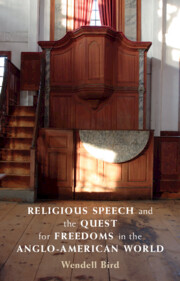This paper draws on new data regarding judicial decisions involving religious and anti-religious expression to map the political beneficiaries of judicial empowerment. In particular, the paper assesses the extent to which free-expression decisions issued by the U.S. Supreme Court and European Court of Human Rights have favored claimants who are religious majorities, religious minorities, or secular elites. We find the U.S. doctrine relatively more libertarian and the European Court of Human Rights doctrine relatively more secularist, but both bodies of case law extend regular and substantial rights protection to religious minorities.
